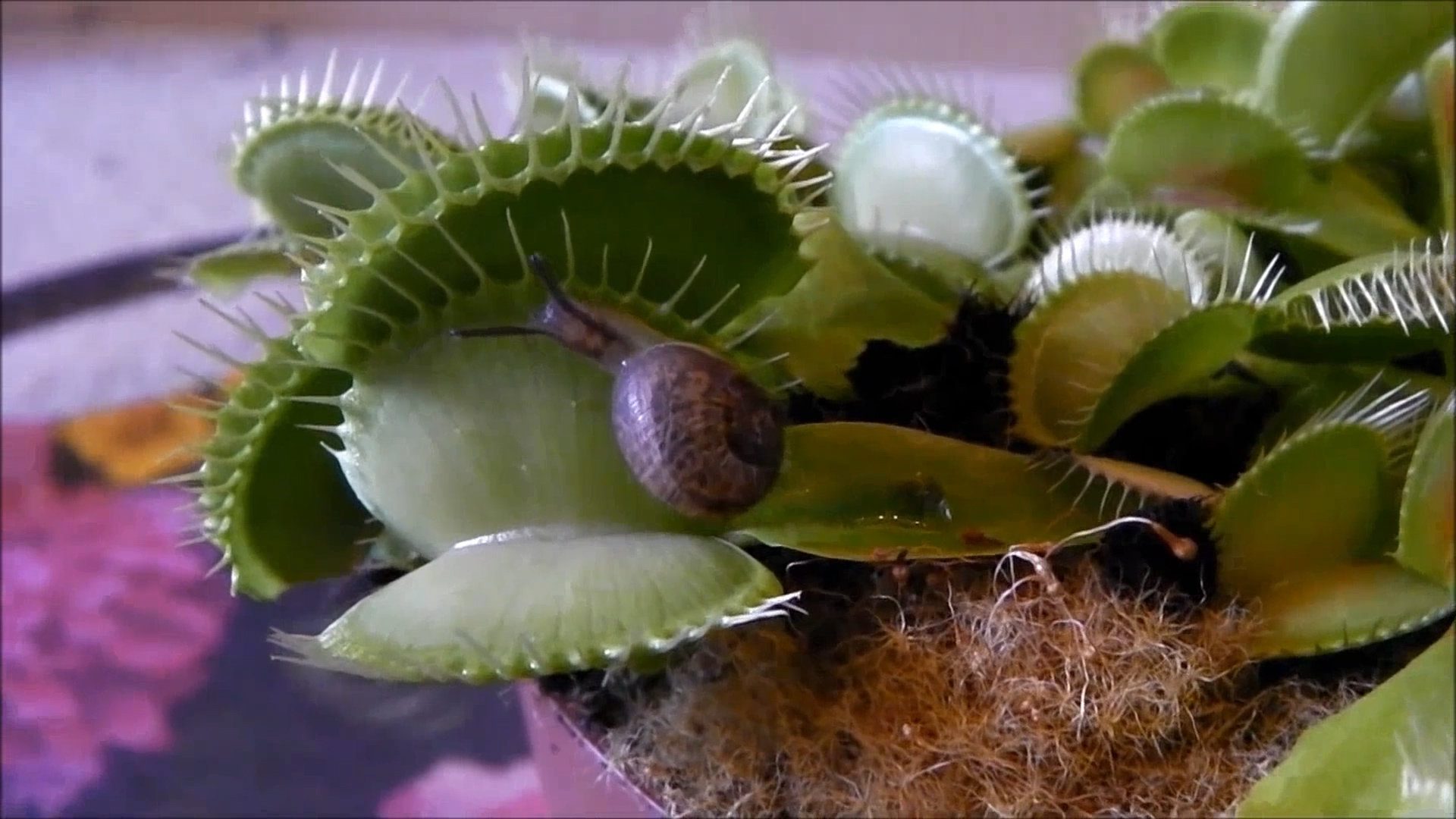The Venus Flytrap and Sundew plant are two fascinating carnivorous plants adapted to grow in nutrient-poor environments by feeding on small organisms. The Venus Flytrap has blade-like leaves that snap shut when an insect lands on them, trapping and digesting the prey; while the Sundew plant has long, slender leaves covered in sticky, glandular hairs that trap small insects. The geographic range and feeding mechanism are different for both plants – Venus Flytraps are native to the southeastern United States and have an active trapping mechanism, while Sundew plants are found all around the world and have a more passive trapping mechanism. Both plants continue to fascinate people worldwide.
Venus Flytrap vs. Sundew Plant: Which One Is the Most Fascinating Carnivorous Plant?
Carnivorous plants have fascinated people for centuries, and two of the most unique and interesting species are the Venus Flytrap and the Sundew plant. Both of these plants have adapted to grow in nutrient-poor environments by feeding on insects and other small organisms. In this article, we will compare and contrast these two fascinating carnivorous plants to determine which one is truly the most unique.
Anatomy and Appearance
The Venus Flytrap is a small plant that typically only grows to about 4-5 inches in diameter. It has blade-like leaves that are divided into two lobes, which can snap shut when an insect lands on them, trapping and eventually digesting the prey. The leaves are covered in small, sensitive hairs that trigger the trap mechanism when they are touched.
On the other hand, the Sundew plant is a bit smaller, growing to only around 3-4 inches in diameter. It has long, slender leaves covered in sticky, glandular hairs that trap small insects. The Sundew plant is unique in that its leaves are covered in droplets of a sticky digestive enzyme that slowly dissolves the captured prey.
Geographic Range and Habitat
Venus Flytraps are native to the southeastern United States, specifically in the states of North and South Carolina. They grow in wetland habitats that are boggy and acidic, where nutrients are scarce.
Sundew plants, on the other hand, are found all around the world, from Australia to South America, and North to subarctic Canada. They also grow in wetland areas, but can also be found in bogs, fens, swamps, and occasionally in drier areas where the soil is acidic and nutrient-poor.
Feeding Mechanism
The Venus Flytrap is one of the most unique carnivorous plants in the world due to its active trapping mechanism. When an insect lands on the leaves of the plant, the hairs on the surface will trigger the trap to snap shut, trapping the prey inside. The Venus Flytrap can then digest the insect using enzymes located inside the trap.
The Sundew plant, on the other hand, has a more passive trapping mechanism. When an insect lands on the leaves, it becomes stuck to the sticky droplets of mucilage that cover the surface of the leaf. The Sundew plant then uses digestive enzymes located on the leaves to dissolve and absorb the insect.
Conclusion
Both the Venus Flytrap and the Sundew plant are incredibly unique and fascinating carnivorous plants that have evolved to survive in nutrient-poor environments by trapping and digesting insects. While the Venus Flytrap is certainly the most famous of the two, the Sundew plant is just as interesting due to its unique and passive trapping mechanism. Ultimately, which one is the most fascinating carnivorous plant is up to personal opinion, but there’s no doubt that both of these plants continue to captivate and intrigue people all over the world.
